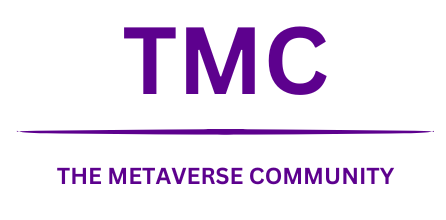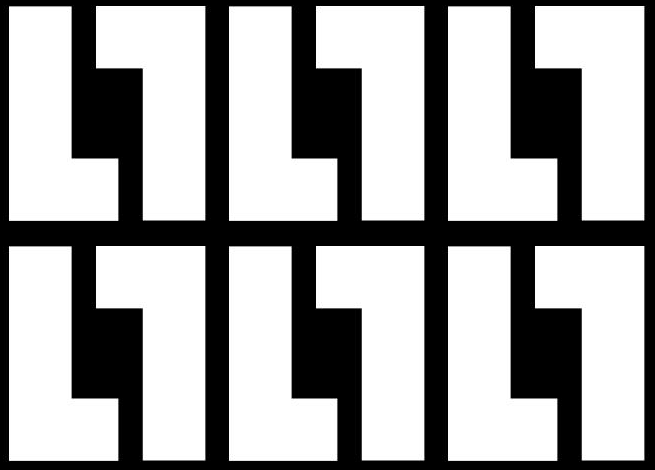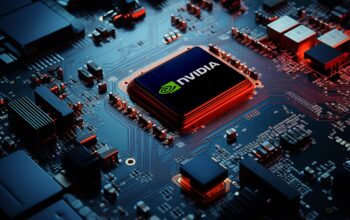Having launched in May 2024, Lamina 1 is the next revolution of blockchain. The mission is to “Deliver a Layer 1 blockchain interoperating tools and decentralised services optimised for the open metaverse – providing infrastructure, not gatekeepers, to build a more immersive internet.”
Lamina1 and the Open Metaverse Foundation
What’s different about Lamina 1 is their approach is mirrored to economics of the real world to some degree. The Open Metaverse Monetary Authority (OMFMA) will be taking a role similar to that of a central bank but with fewer capabilities to avoid interference but also maintain inflation etc. (Vessenes, 2024)
This is contrary to crypto currencies like Bitcoin who have taken the decision to promise that for every 210,000 blocks created inflation will be halved, leading to demand outstripping issuance. A typical central bank will control monetary factors that limit inflation however in the Metaverse this may lock people out. Bitcoin have said. “These are going to get a lot harder to acquire. No matter how hard, we won’t make more.” . (Vessenes, 2024)
This fundamental is one of the reasons why bitcoin is often labbeled as not a currency. The difference between a national currency and cyrpto currency is that a national currency has the law behind it to enforce usage as well as a central bank to control inflation and deflation.
The OMFMA intends to act to some degree as a central bank offering insurances without the need for punishment or physical penalties for not participating in its usage. . (Vessenes, 2024)
OMFMA can, every quarter: update the token issuance for future quarters, but will not have any control of the reward system used; this will be governed by the Rewards. (Vessenes, 2024)
Lamina1 Architecture
Lamina 1 is a Layer 1 Blockchain, meaning it’s the base layer where the original block to set the chain begins. This makes Bitcoin and Ethereum direct competitors for Lamina1. This means they will set the blocksize, consensus mechanics etc. There are two indexes within the architecture, one that identifies transactions and currencies while the other index identifies usernames, profiles and preferences. (Lamina1 Architecture | Lamina1 Users & Developers Guide)
In addition to this Lamina 1 are working with Avalanche to ensure identies are secure on the network. Avalacnhe manages smart contracts that scael infinitly with recognition occouring in seconds. (Individuals | Get Started with Avalanche)
LAMINA1’s core economy will be composed of the following:
- L1: The primary currency of Lamina1, used for gas fees, transactions, smart contracts and governance.
- LL1 Tokens: A.k.a “Launch L1” delivered to the L1 community as a whole; they are locked at launch and gradually unlock for use within the network.
- RL1 Tokens: A.k.a. “Reward L1” issued to various participants (e.g. Validators, Stakers, LAMINA1 Creators) based on the Rewards Contract’s provisions. These innovate on the idea of mined tokens in other chains.
- VOTE Tokens: Soulbound tokens issued instantly to Lamina1 users who lock their L1, enabling them to participate in governance decisions and staking.
Key metrics released in this paper include:
- Total Monetary Supply: The LAMINA1 blockchain will have a total supply of 1 billion L1
- Wrapping: 500M L1 will be wrapped in the RL1 contract. ~490M L1 will be wrapped in the LL1 contract.
- Community Allocations: At launch, the Rewards Contract allocates tokens as follows:
- Node Operators: 15% of reward tokens
- Lamina1 Ecosystem and Creator DAO: 15%
- Voting Contract: 70%, which distributes VOTE tokens in exchange for locking L1
- Unlock Rates at Launch:
- LL1 Tokens: 3% per quarter
- RL1 Tokens: 5% per quarter
- Issuance of New RL1 Tokens: 10% per quarter of remaining RL1 tokens




